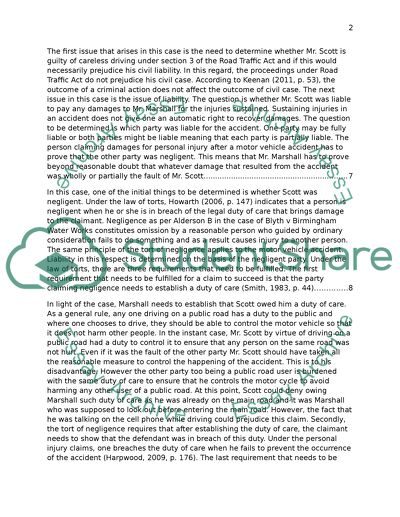Cite this document
(“Civil Litigation Course work Essay Example | Topics and Well Written Essays - 3000 words”, n.d.)
Retrieved from https://studentshare.org/law/1397368-civil-litigation-course-work
Retrieved from https://studentshare.org/law/1397368-civil-litigation-course-work
(Civil Litigation Course Work Essay Example | Topics and Well Written Essays - 3000 Words)
https://studentshare.org/law/1397368-civil-litigation-course-work.
https://studentshare.org/law/1397368-civil-litigation-course-work.
“Civil Litigation Course Work Essay Example | Topics and Well Written Essays - 3000 Words”, n.d. https://studentshare.org/law/1397368-civil-litigation-course-work.


